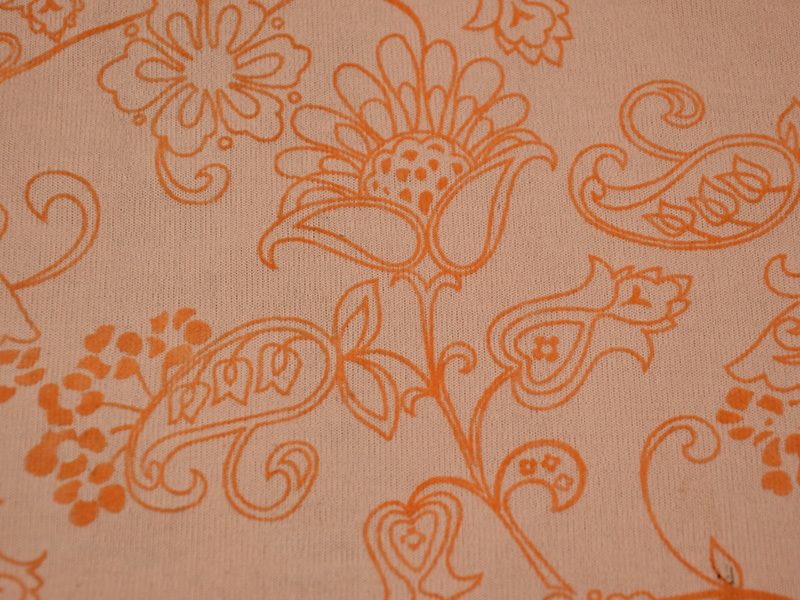In the realm of textiles, breathability is a critical attribute that can significantly impact comfort, performance, and overall satisfaction with clothing. Whether you're an athlete seeking optimal performance gear, a fashion enthusiast looking for stylish yet comfortable options, or simply someone who values comfort in daily wear, understanding which materials offer the best breathability is essential. This article delves into the science of breathability, explores various materials, and provides practical insights on how to choose the right fabric for your needs.
Understanding Breathability
Breathability refers to a material's ability to allow moisture vapor to escape while preventing the accumulation of heat and sweat. This characteristic is particularly important in clothing, as it directly affects comfort levels, especially in hot or humid conditions. Breathable fabrics facilitate airflow, helping to regulate body temperature and wick moisture away from the skin, thereby reducing the risk of overheating and discomfort.
Key Factors Influencing Breathability
- Fabric Structure: The weave or knit of a fabric plays a crucial role in its breathability. Looser weaves allow for better air circulation, while tighter weaves may trap heat and moisture.
- Fiber Composition: Natural fibers, such as cotton, linen, and wool, generally offer superior breathability compared to synthetic fibers. However, advancements in textile technology have led to the development of breathable synthetic materials that mimic the properties of natural fibers.
- Moisture Management: Fabrics that effectively wick moisture away from the skin enhance breathability. This is often achieved through specialized treatments or the incorporation of moisture-wicking fibers.
The Most Breathable Materials
- Cotton
Cotton is a classic choice known for its softness and breathability. Its natural fibers allow air to circulate, making it an excellent option for casual wear and summer clothing. However, while cotton is breathable, it can retain moisture, which may lead to discomfort in extremely humid conditions.
- Linen
Linen is often hailed as one of the most breathable fabrics available. Made from flax fibers, linen has a loose weave that promotes airflow and moisture evaporation. Its natural properties make it ideal for hot climates, as it keeps the body cool and dry. Additionally, linen has a unique texture that adds a touch of elegance to any outfit.
- Merino Wool
Contrary to popular belief, wool can be incredibly breathable, especially when it comes to Merino wool. This fine wool is known for its moisture-wicking properties and temperature regulation. It can absorb moisture without feeling wet, making it suitable for both warm and cool conditions. Merino wool is an excellent choice for outdoor enthusiasts and those seeking versatile layering options.
- Bamboo Fabric
Bamboo fabric is gaining popularity due to its eco-friendliness and breathability. Made from the pulp of bamboo plants, this fabric is naturally moisture-wicking and has antibacterial properties. Bamboo fabric is soft, lightweight, and ideal for activewear and loungewear, providing comfort without compromising on style.
- Technical Synthetics
Advancements in textile technology have led to the creation of high-performance synthetic materials designed for breathability. Fabrics such as polyester, nylon, and spandex can be engineered to enhance moisture-wicking capabilities and airflow. Brands often incorporate mesh panels or ventilation zones in activewear to optimize breathability during intense physical activities.
Choosing the Right Material for Your Needs
When selecting breathable materials, consider the following factors:
- Activity Level: For high-intensity activities, opt for moisture-wicking synthetics or Merino wool. For casual wear, cotton or linen may suffice.
- Climate: In hot and humid conditions, prioritize lightweight fabrics like linen or bamboo. In cooler climates, consider layering with breathable wool.
- Personal Preference: Comfort is subjective. Some individuals prefer the feel of natural fibers, while others may favor the performance of technical synthetics.
Conclusion
Understanding the most breathable materials to wear is essential for enhancing comfort and performance in your wardrobe. By considering factors such as fabric structure, fiber composition, and moisture management, you can make informed choices that align with your lifestyle and preferences. Whether you opt for the timeless appeal of cotton and linen or the innovative properties of technical synthetics, prioritizing breathability will ensure you stay comfortable and stylish in any situation. Embrace the science of textiles and elevate your wardrobe with the right breathable materials today!

